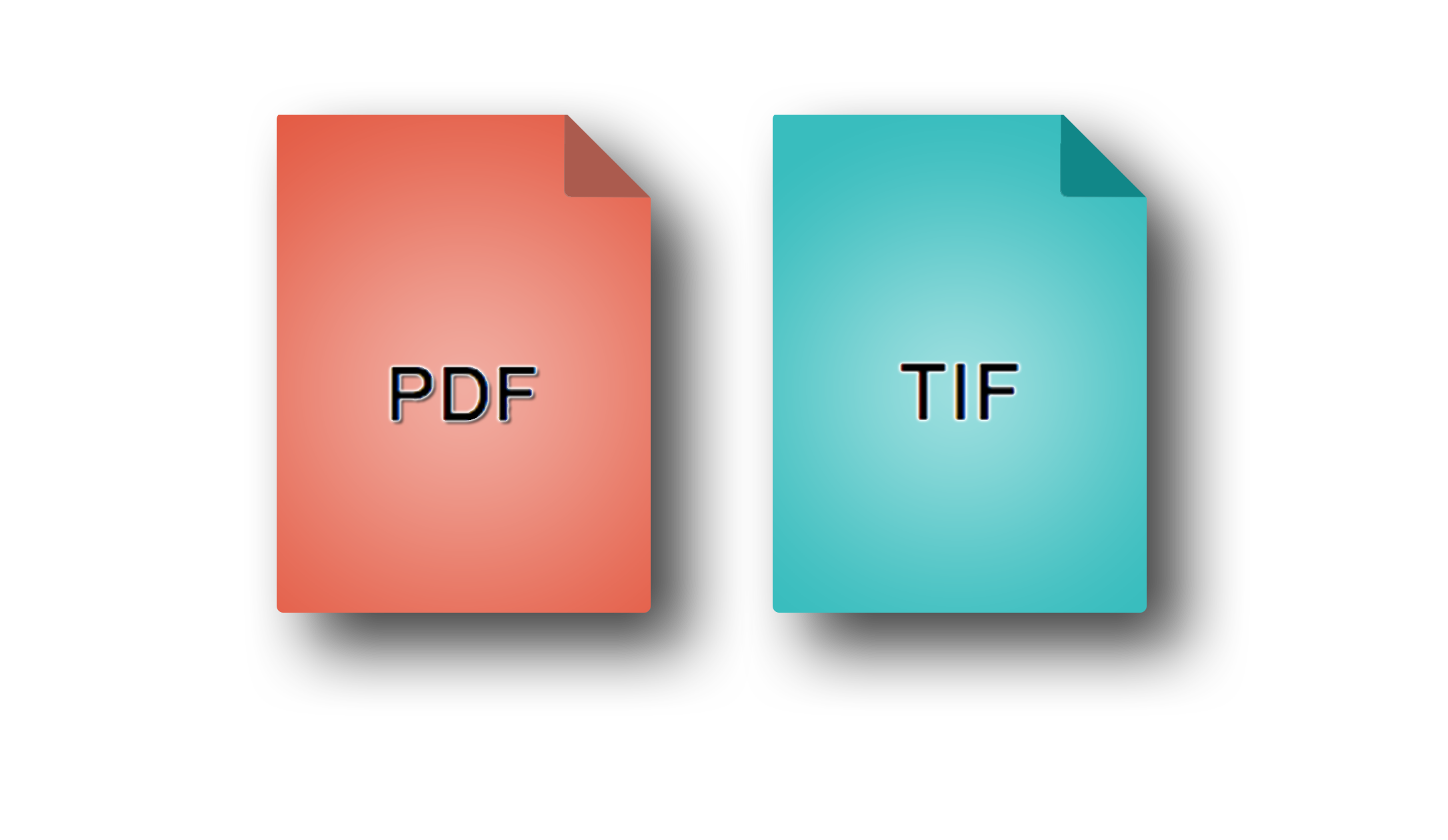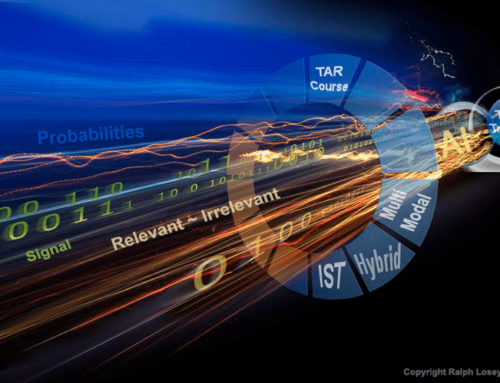Difference Between TIFs and PDFs:
When scanning documents, you have the option to translate it to a number of file formats. Two file formats that professionals have questions about are TIFs and PDFs. There are a few fundamental differences between the two that we will be covering.
PDFs: These files are created using Adobe Acrobat. The main advantage of these are its portability. It doesn’t matter what operating system or hardware you have, as long as you Adobe Reader installed (which is free). PDFs have a higher level of security sophistication, including password protection, watermarking, and encryption. It has multiple format options (PDF/A, PDF/E, etc.) and can also be made to be full-text searchable through OCR.
TIFs: TIF files have always been the traditional format for scanned images. Many current operating systems include a TIF viewer, making them nearly as portable as PDFs. However, you do not need any special software to view a TIFF file. TIFs files are smaller in size and may be more efficient if you’re scanning a large number of documents and have a limited storage space.
TIF file formats have been the standard for a long time, although the newer PDF file format is quickly becoming more widely used. Both formats have roughly the same number of pros and cons, so the decision to choose one over the other is usually based on how the file will be used. For example, how will someone search for the image. If the file is monolithic, meaning the user generally knows which file they need and will search based upon the file name rather than an index structure, then PDF is a better choice. However, if you intend to have an index structure, the images would usually be filed as TIFs. Basically, if you simply want to scan, store, and edit the images, then PDF is normally the way to go. If you are scanning to store and index images, TIF format would fit better. In any case, either format will work.
At Lit & More, we have years of experience, not only with these two file formats, but with a number of other file formats as well. We are able to use this knowledge to not only handle your document projects, but to help you make an informed decision on how you want your project handled.
For more Tidbits & Thoughts, please click here.






